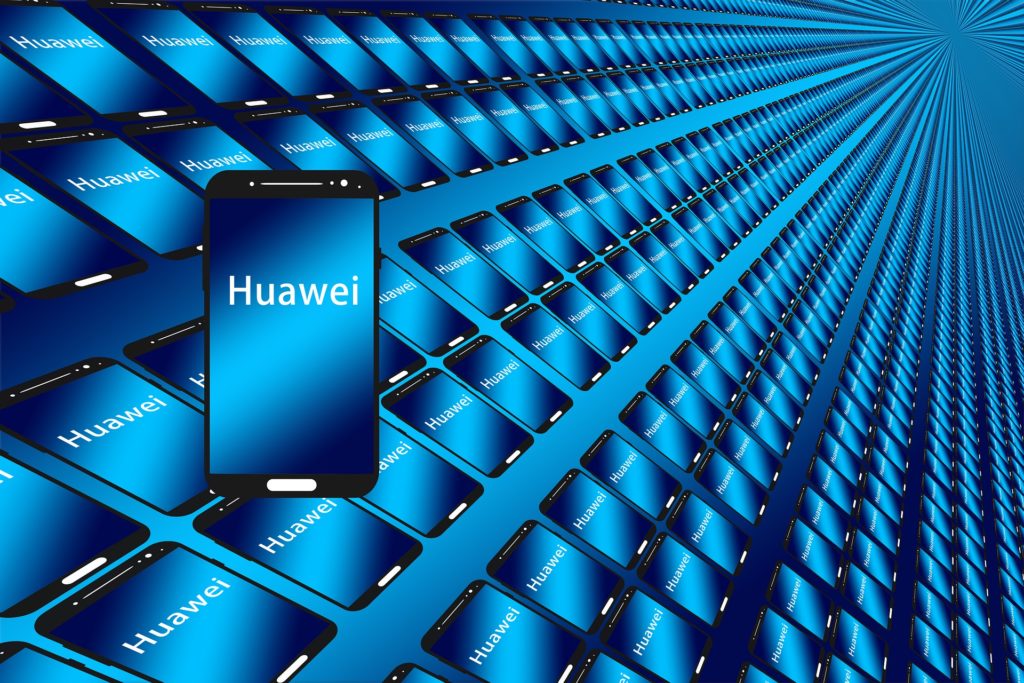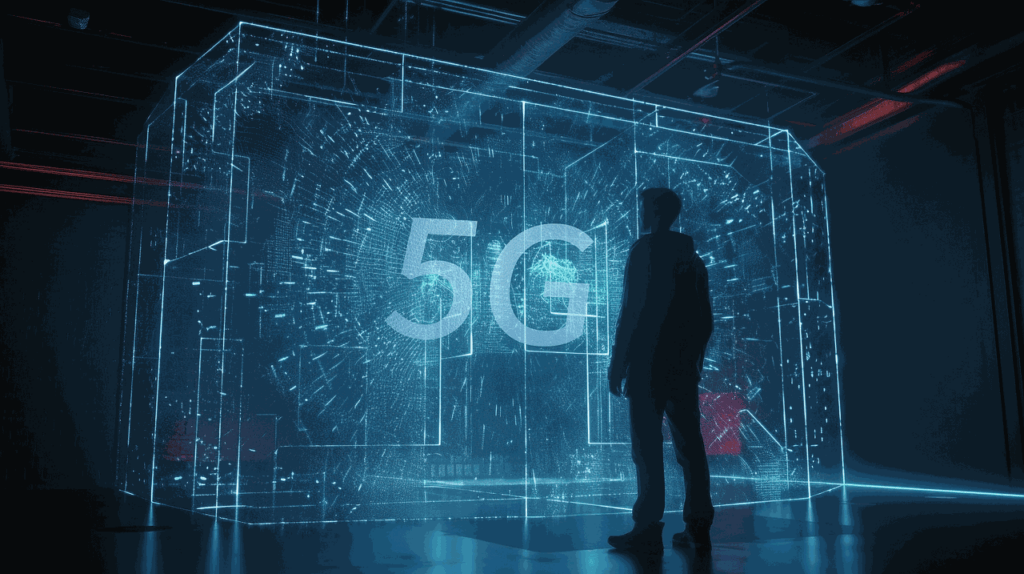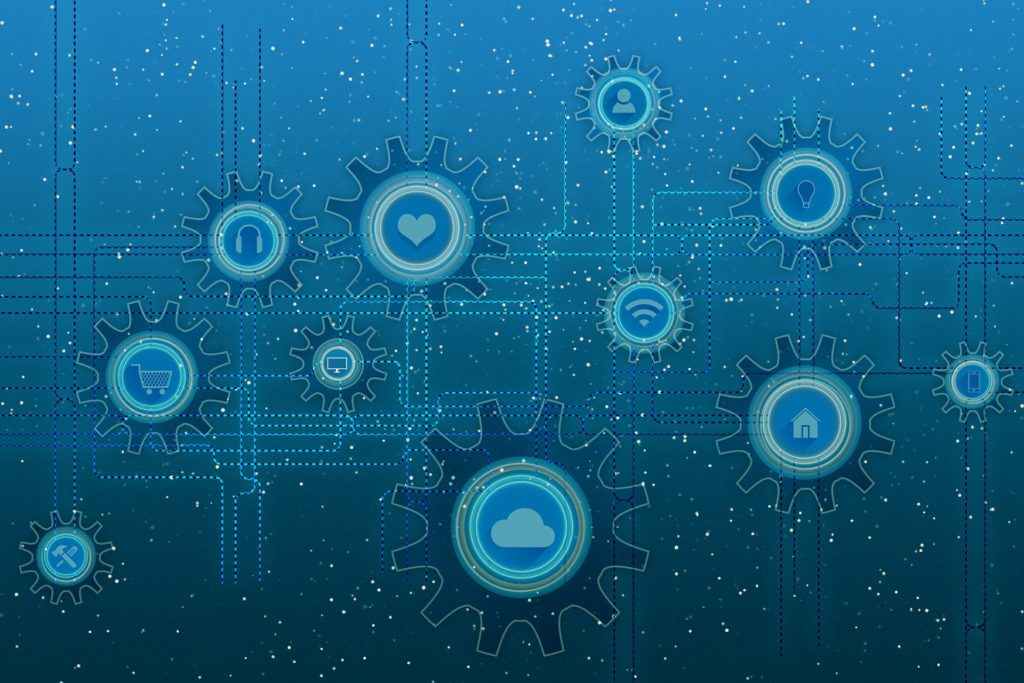This week was my first Huawei Innovation Summit, and it was fascinating. Like most companies run by engineers, Huawei is long on technology and innovation but short on marketing and brand protection. This practice has allowed their brand to be tarnished, not by things they’ve done, but by things others have mostly alleged without proof.
Ironically, however, this abuse has driven the company to solve internal conflicts, better focus on customers and offerings, and focus better on connecting their products and services to its customers. Huawei mainly seems to embody the phrase “that which does not kill us, makes us stronger.”
One of the things that differentiated Huawei’s efforts in their Summit vs. other similar events is the amount of content focused on general concepts like security at a nation-state level, protecting the environment at scale (not just with their products and packaging), and comprehensive solutions for diversity and inclusion. Many events seem like just linked ads; it was refreshing to see a firm with considerable focus on how to help solve broader socio-economic problems.
Here are some of my big takeaways.
Huawei Is Globally Collaborative
With all the focus on nationalizing technology increasing globally, Huawei provided a strong counterpoint. They have innovation labs located globally worldwide and, when allowed (the US is the exception now), partner globally with education institutions and customers to advance strategic efforts like 5G. Typically, the saying is “better, faster, cheaper pick any two,” but Huawei is executing so that you can, with many of their offerings, get all three. This advantage was showcased with their 5G technology, which not only outperforms competitive offerings but is less expensive to buy and power as well. As several commented during the event, this success is likely the cause of Huawei being banned by the US Administration.
A couple of examples of this collaboration include working with Leica, known to lead with professional camera optics, to create one of the best cellphone cameras in the segment. Another is working with a professor out of Turkey to create the most cost-effective high-performance 5G solution currently in the segment. What makes this solution better is that it was designed to upgrade 4G towers to 5G with only one technician, which is ideal during a pandemic where one person not following pandemic protocol can take out an entire team.
Huawei recruits globally, and this was showcased by the diverse executives presenting during the event. The firm believes that to sell globally, they need to exist globally, and much of the firm exists outside of China as a result. And on sustainability, Huawei estimates they have saves 50,000 square meters of forest by using recycled materials to package their offerings.
Blacklisting the Future
One of the more interesting sessions I attended was “Blacklisting the Future,” and it spoke to security and privacy. In the opening, the speakers pointed to the disparity between technology advancing rapidly and governments getting tired of change and slowing responses to change over time. The resulting growing gap between technological advancement and government response creates an increasing security exposure in the market.
While the technology industry would like to increase the free flow of information globally, government increasingly wants to block this flow to preserve or create a relative competitive advantage. This behavior creates tension between the industry and governments because they are increasingly at cross purposes.
There were several suggestions provided on how to fix this. I thought most viable was creating an international regulatory body with the power to fine (kind of like a larger version of what the EU has) those firms and countries that misbehave. This agency would also help with consistent laws and regulations governing this troubling security problem.
5G Insights
One of the interesting pieces of information was that South Korea is well ahead of everyone else concerning 5G deployment. The result has been a massive uptick in the use of AR (Augmented Reality) for both games like Pokemon Go and onsite support and training. The US, which is underperforming other developed nations in terms of deployments and performance, is crippled by a lack of spectrum and hardware choice. This disadvantage puts the country technologically well behind its other advancing peers like the EU and South Korea.
Since I live in Oregon, I was excited to learn that here we are a bit ahead of the curve, and healthcare providers are reporting a massive jump in telemedicine usage (from below 20% to around 80%) over a very short period enhanced by the availability of 5G.
Rainforest Connection
Another interesting session was on the Rainforest Connection, which uses the sound capturing capability in smartphones to identify chainsaws and protect the Rain Forest in Brazil. This same technology is being used to identify new species and eventually help find species that are believed to be extinct but may exist in other parts of the world. Finding Bigfoot or the Loch Ness Monster is probably a stretch. Still, this technology could significantly help protect our forests, endangered species, and even us (as it could be used to help identify where a gunshot came from at scale).
Wrapping Up
Huawei is a fascinating company to cover. Their aggressive approach to globalizing their capability reminds me a lot of IBM when it was a far younger company. Their level of collaboration is unprecedented in a market that is often defined by more localized efforts and a far too common “not invented here” culture in most of the global companies I’ve followed over the years. This prowess has both resulted in an incredible amount of success and an impressive number of attacks at a government level. These attacks have helped focus the company and increased their success by driving the employees to ever-higher execution levels.
In the end, though, what was impressive was the company’s focus on diversity, sustainability, and overall execution—nicely done.



